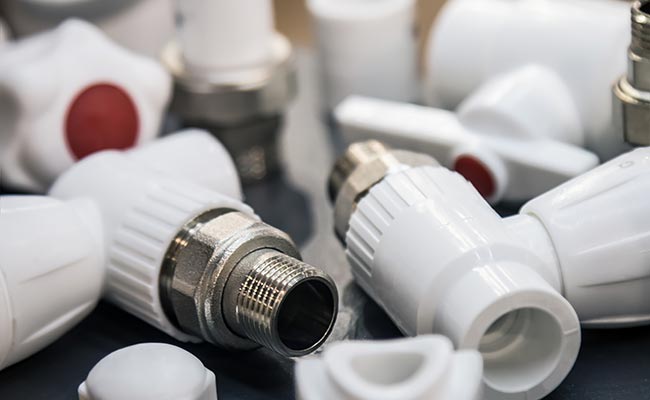You see a constant drip from a PVC ball valve. This small leak can lead to major water damage, forcing a system shutdown and an emergency call to a plumber.
You can repair a leaking PVC ball valve if it is a true union design. The repair involves identifying the leak’s source—usually the stem or union nuts—and then tightening the connection or replacing the internal seals (O-rings).
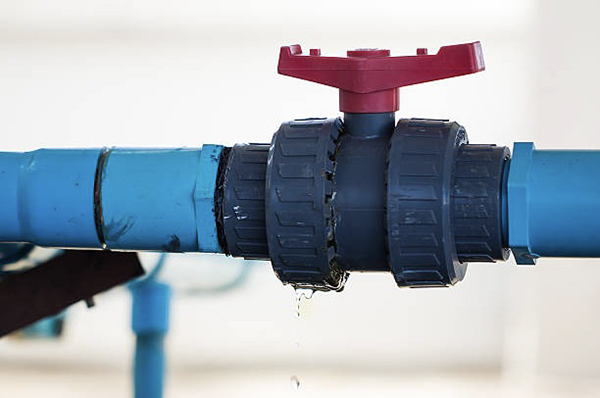
This is a common issue that Budi’s customers in Indonesia face. A leaking valve on a construction site or in a home can stop work and cause frustration. But the solution is often much simpler than they think, especially when they use the right components from the start. A well-designed valve is a serviceable valve. Let’s walk through the steps to fix these leaks and, more importantly, how to prevent them.
Can a leaking ball valve be repaired?
A valve is leaking, and your first thought is that you have to cut it out. This means draining the system, cutting pipe, and replacing the entire unit for a simple drip.
Yes, a ball valve can be repaired, but only if it’s a true union (or double union) valve. Its three-piece design allows you to remove the body and replace the internal seals without disturbing the plumbing.
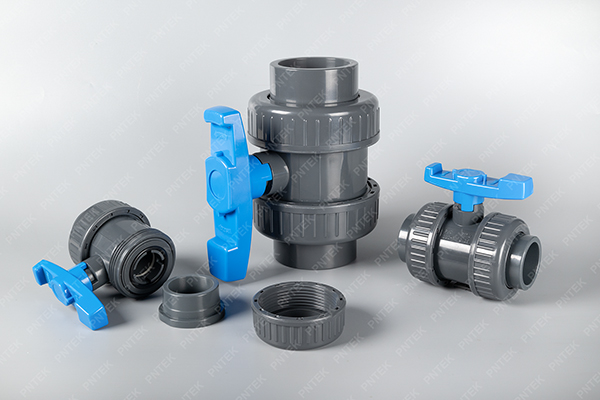
The ability to repair a valve is the single biggest reason professionals choose the true union design. If you have a one-piece “compact” ball valve that is leaking, your only option is to cut it out and replace it. But a true union valve from Pntek is designed for a long service life.
Identifying the Leak Source
Leaks almost always come from three places. Here’s how to spot and fix them:
| Leak Location | Common Cause | How to Fix It |
|---|---|---|
| Around the Handle/Stem | The packing nut is loose, or the stem O-rings are worn. | First, try tightening the packing nut just below the handle. If it still leaks, replace the stem O-rings. |
| At the Union Nuts | The nut is loose, or the carrier O-ring is damaged or dirty. | Unscrew the nut, clean the large O-ring and threads, inspect for damage, then re-tighten securely by hand. |
| Crack in the Valve Body | Overtightening, freezing, or physical impact has cracked the PVC. | The valve body must be replaced. With a true union valve, you can just buy a new body, not the whole kit. |
How to fix a leaky PVC pipe without replacing it?
You find a small drip on a straight run of pipe, far from any fitting. Replacing a 10-foot section for a tiny pinhole leak feels like a massive waste of time and materials.
For a small leak or pinhole, you can use a rubber-and-clamp repair kit for a quick fix. For a permanent solution to a crack, you can cut out the damaged section and install a slip coupling.
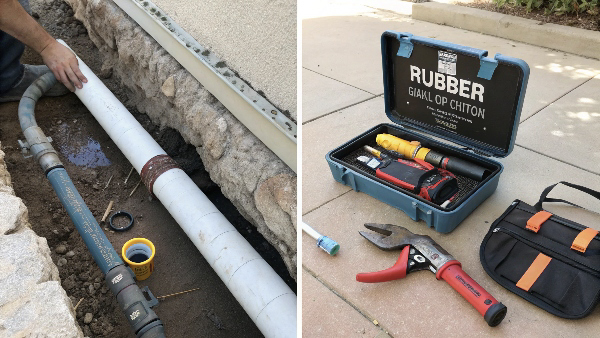
While our focus is valves, we know they are part of a larger system. Budi’s customers need practical solutions for all their plumbing issues. Fixing a pipe without a full replacement is a key skill.
Temporary Fixes
For a very small leak, a temporary patch can work until a permanent repair is possible. You can use specialized PVC repair epoxy or a simple method involving a piece of rubber gasket held tightly over the hole with a hose clamp. This is great in an emergency but should not be considered a final solution, especially on a pressure line.
Permanent Fixes
The professional way to fix a damaged section of pipe is with a “slip” coupling. This fitting has no internal stop, allowing it to slide completely over the pipe.
- Cut out the cracked or leaking piece of pipe.
- Clean and prime the ends of the existing pipe and the inside of the slip coupling.
- Apply PVC cement and slide the coupling entirely onto one side of the pipe.
- Quickly align the pipes and slide the coupling back over the gap to cover both ends. This creates a permanent, secure joint.
How to glue a PVC ball valve?
You’ve installed a valve, but the connection itself is leaking. An improper glue joint is permanent, forcing you to cut everything out and start over from scratch.
To glue a PVC ball valve, you must use a three-step process: clean and prime both the pipe and valve socket, apply PVC cement evenly, then insert the pipe with a quarter-turn twist to ensure full coverage.
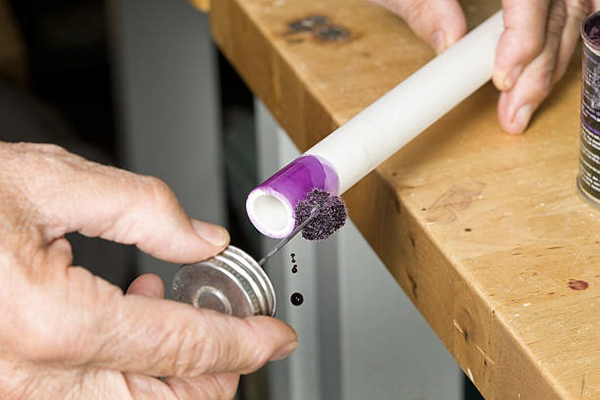
Most leaks are not from the valve itself, but from a bad connection. A perfect solvent weld is critical. I always remind Budi to share this process with his customers because doing it right the first time prevents almost all installation-related leaks.
The Four Steps to a Perfect Weld
- Cut and Deburr: Your pipe must be cut perfectly square. Use a deburring tool to remove any rough plastic shavings from the inside and outside of the pipe end. Shavings can get caught in the valve and cause leaks later.
- Clean and Prime: Use a PVC cleaner to remove dirt and grease from the pipe end and the inside of the valve socket. Then, apply PVC primer to both surfaces. The primer softens the plastic, which is essential for a strong chemical weld.
- Apply Cement: Apply a liberal, even coat of PVC cement to the outside of the pipe and a thinner coat to the inside of the valve socket. Don’t wait too long after applying the primer.
- Insert and Twist: Firmly push the pipe into the socket until it bottoms out. As you push, give it a quarter-turn. This action spreads the cement evenly and helps remove any trapped air. Hold it firmly in place for at least 30 seconds, as the pipe will try to push back out.
Do PVC ball valves leak?
A customer complains that your valve is faulty because it’s leaking. This can damage your reputation, even if the problem isn’t with the product itself.
High-quality PVC ball valves rarely leak due to manufacturing defects. Leaks are almost always caused by improper installation, debris fouling the seals, physical damage, or the natural aging and wear of O-rings over time.
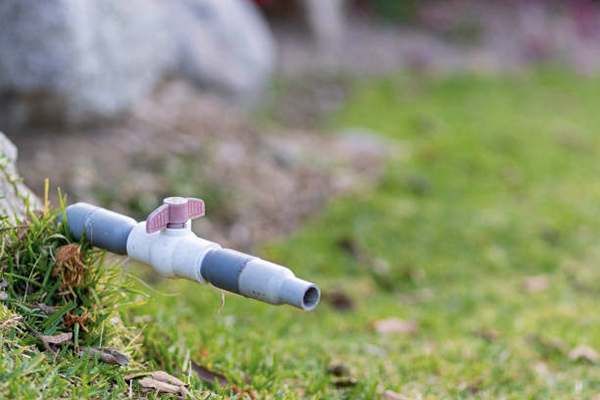
Understanding why valves fail is key to providing excellent service. At Pntek, our automated production and strict quality control mean defects are incredibly rare. So when a leak is reported, the cause is usually external.
Common Causes of Leaks
- Installation Errors: This is the #1 cause. As we discussed, an improper solvent weld will always fail. Overtightening union nuts can also damage O-rings or crack the valve body.
- Debris: Small rocks, sand, or pipe shavings from an improper install can get lodged between the ball and the seal. This creates a small gap that allows water to pass through even when the valve is closed.
- Wear and Tear: O-rings are made of rubber or similar materials. Over thousands of turns and years of exposure to water chemicals, they can become hard, brittle, or compressed. Eventually, they will stop sealing perfectly. This is normal and is why serviceability is so important.
- Physical Damage: Dropping a valve, hitting it with equipment, or allowing it to freeze with water inside can cause hairline cracks that will leak under pressure.
Conclusion
A leaking PVC ball valve is fixable if it’s a true union design. But prevention is better. Proper installation is the key to a leak-free system for years to come.
Post time: Aug-19-2025



